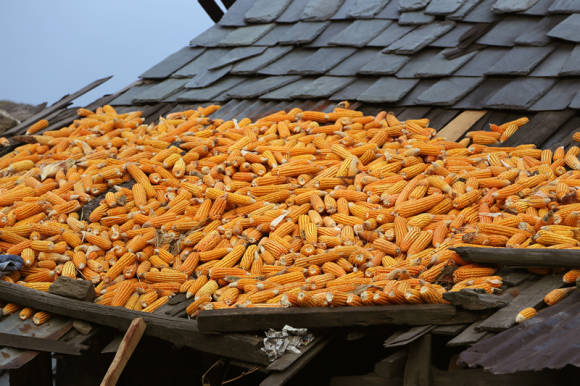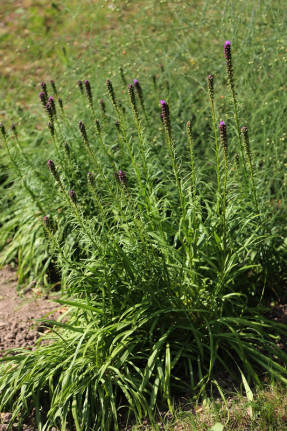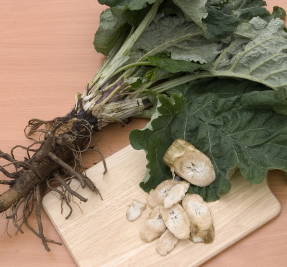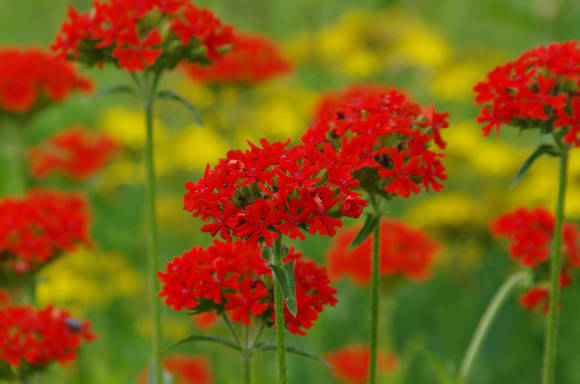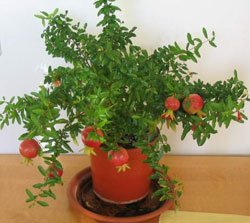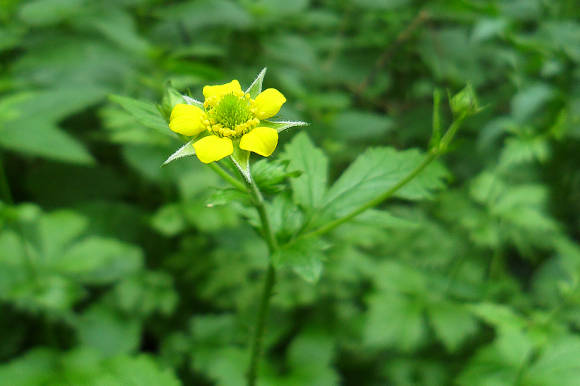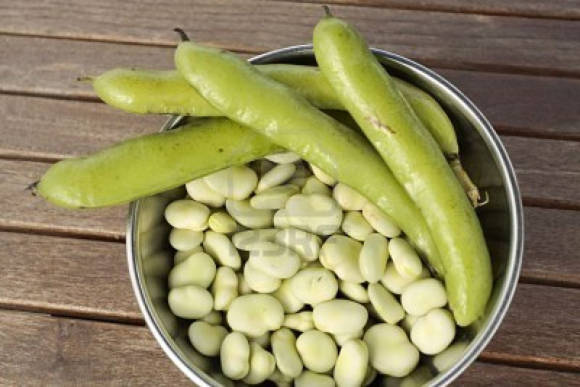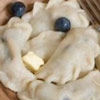Bindweed tricolor (Convolvulus tricolor) At first glance, the flowers are very similar to the purple morning glory (see Purple morning glory), but no matter how close the pictures on the seed bags are, these are two different plants. Bindweed tricolor has completely different leaves and is much shorter. And besides, it does not curl, although the Latin name Convolvulus comes from convolvere, which means to wrap around. If the morning glory easily climbs along the supports, then the stems of the tricolor bindweed are rarely more than half a meter, they lie at the base and rise, and grow straight up at the top, bringing elegant gramophone flowers to the sun.

Bindweed tricolor (Convolvulus tricolor) - one of 72 species of the genus Bindweed (Convolvulus) family bindweed. Its second name is small bindweed (Convolvulusminor). Comes from the Mediterranean (Spain, Portugal, Balearic Islands, Italy, Sicily, Greece; North Africa). Grows on arable land, dry open areas, sandy soils and roadsides.
As an ornamental plant, it has been cultivated for a long time, since 1629.
This is a dense annual plant with a height of 20-50 cm, although in warm regions it can be a short-lived perennial - it remains where the winter temperature does not drop below -10 ° C. It has a short creeping rhizome, from which thin, filamentous roots extend. The stems are branched, numerous, like the leaves, they are covered with thin whitish bipartite hairs, slightly rough to the touch. Leaves are alternate, sessile, 6-10 cm long, obverse-lanceolate or spear-shaped, pointed at the apex, whole-edged. Flowers are arranged one by one in the axils of the upper leaves on long pedicels curved at the ends. The calyx is five-part, with oval-pointed hairy teeth. The corolla of the flower is three times the calyx, funnel-shaped, pentagonal, up to 3-5 cm in diameter, most often tricolor - blue, blue or violet, with a star-shaped unevenly serrated white center and a yellow neck. Blooms profusely throughout July-August. The fruit is a dry capsule containing two brown triangular seeds, up to 0.3 cm in diameter.
Flowers are open only in the sun, fold at night and in cloudy weather. The life of each individual flower is ephemeral, only one day, but so many flowers are formed that flowering does not stop until autumn.
Varieties
Varieties have been bred with spectacular and larger, up to 5 cm, crimson, white flowers, which are often sold in mixtures with blue ones. Some of the varieties:
- Blue enchantment - up to 35 cm tall, with tricolor flowers and an indigo blue zone.
- Crimson monarch - with crimson flowers.
- Blue Ensign - up to 30-45 cm in height, with large, up to 5 cm in diameter, flowers of traditional blue-white-yellow color. The edges of the corolla are bright blue.
- Royal Ensign - up to 40 cm tall, with unusually beautiful flowers of deep blue color, with a white "star" and a yellow center;
- White Ensign - 30-45 cm tall, with white flowers up to 5 cm, with a golden yellow neck.
- Rose Ensign - four-color variety: the main color is pink, followed by crimson flashes that surround a white center with uneven contours and a yellow eye.
Growing
Bindweed tricolor grows well on cultivated loams, sandy loams and even chalk soils, i.e. tolerates soils from slightly acidic to slightly alkaline (pH 6.0-7.8). Loves sunny places, but can tolerate a little partial shade, especially in the middle of the day. The plant is quite drought-resistant and heat-resistant, although the optimum temperature for its development is + 20 ° C.
Little is affected by pests and diseases, occasionally by aphids or spider mites. Powdery mildew may appear with large differences in day and night temperatures.
Care
The bindweed is easy to care for. It should be watered so that the soil, if possible, remains moderately moist. During periods of drought, the leaves wither and hang, but after timely watering, they restore turgor.Every 2 weeks, a complex mineral fertilizer is added to the irrigation water. For abundant flowering, remove faded flowers. If there is a desire to get self-seeding, some of them are left for setting and pouring seeds.

Reproduction
Bindweed tricolor is easily grown from seed. It can be sown on seedlings 4-6 weeks before the end of frost (at the end of March). It is best to sow in individual containers, to a depth of no more than 3 mm. Under glass or film, at a temperature of + 20 ° C, seedlings appear within 5-14 days. Pre-sowing soaking of seeds in cold water for 1-2 days greatly facilitates germination. Seedlings are planted at a distance of 25-30 cm.
Direct sowing in open ground is possible even before the end of frost, at the end of April. The plant is cold-resistant, withstands frosts down to -5оС.
In the future, this bindweed can not be sown on purpose, but self-sown specimens can be preserved.
Seed germination lasts 2-3 years.
Use in garden design
Bindweed tricolor is suitable for flower beds and flower beds. And the borders of this plant will make any flower garden truly royal. It should be borne in mind that the curbs, due to the slight lodging of the stems, are quite wide and thick.
The plant can be used in mixborders, filling the spaces between perennials with it. A spot of tricolor bindweed on the sunny slope of a rocky hill will also come in handy.
Drought tolerance makes tricolor bindweed a valuable and simple plant for vertical gardening. It can be planted in balcony boxes and pots, hanging planters. Beautiful hemispherical hats are obtained in wide garden pots. But due to the fact that the plant does not always open its flowers, in large containers it is better to use it in compositions with other flowering ampelous plants - lobelias, petunias, calibrachoa.
Despite the short life of flowers, bindweed can be used for cutting. This is a good component for a touching and delicate suburban bouquet.
